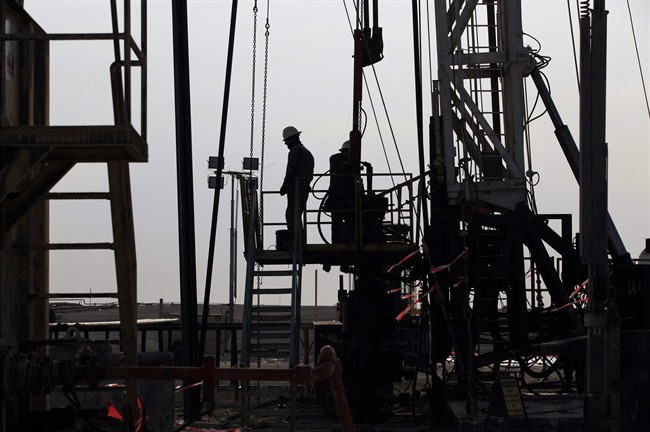Two principal forces have saved Canada’s middle- and working classes from the economic ravages seen in the United States in recent years, a new report suggests – our natural resources (like oil) and our roaring housing market.

In a new report that looks at rising income inequality, TD Economics suggests commodities and real estate have prevented the kind of sweeping job losses, declining wages and loss of upward mobility that have hit America’s middle class hard for the past 25 years.
Sadly, “commodity and real estate booms do not last forever,” the report said.
And that’s not to say incomes at the very top of Canada’s compensation ladder haven’t grown out of sync with the rest of the country, either.
TD said there’s been a “significant rise” in income inequality here at home in recent decades, as the forces of globalization, technological advancement and policy shifts served to boost incomes of the wealthiest and well-educated, while simultaneously clawing back compensation for middle-income earners.
By one estimate, the top 1 per cent of income earners in Canada now take home as much as 14 per cent of national income, the report notes, or nearly double the 7.5 per cent earned by the ultra-rich in the early 1980s.
MORE: Canada’s rich get richer, and companies want their business
The report notes the “premium” that is now being paid to highly skilled workers trained to oversee complex global supply chains and advanced computer systems. Local labour as well as “middle-skill” level jobs meanwhile have seen wages “deeply eroded.”
- Posters promoting ‘Steal From Loblaws Day’ are circulating. How did we get here?
- Canadian food banks are on the brink: ‘This is not a sustainable situation’
- Video shows Ontario police sharing Trudeau’s location with protester, investigation launched
- Solar eclipse eye damage: More than 160 cases reported in Ontario, Quebec
“Many middle-income and middle-skill jobs have been outsourced or replaced by technology,” TD said.
In the absence of policy action, those processes appear poised to continue exerting themselves. “A number of trends suggest that income inequality may rise higher, and social mobility could decline in the years ahead,” TD said.
Bolstered by booms
Canada’s middle classes haven’t faced the depths of the hollowing out witnessed in the United States, however. The report said income inequality has actually remained “flat” through the 2000s after widening sharply in the 1990s.
The reasons: Booming commodity prices and property markets, which have turned out hundreds of thousands of well-paying jobs in Canada’s oil patch, construction industry and other related fields.
“Excluding these and related sectors, Canada’s middle skill jobs have been under considerable pressure,” the TD report said.
Tax measures
The sources of today’s inequality also have roots in policy measures from the 1990s, according to the bank’s report. That’s when Ottawa cut transfer payments to provinces in order to fight deficits. The reduced support trickled down to negatively impact lower income earners who relied on state aid to cover some costs of living, the report said.
When deficits were wiped out – similar to the financial condition Ottawa finds itself in today – tax cuts were bestowed on higher income earners.
“This period stands out as it allowed a rapid increase in inequality and demonstrates what happens when policymakers fail to take inequality considerations into their decision making.”
WATCH: Tom Clark talks to Sprott School of Business professor Ian Lee about Stephen Harper’s new tax breaks for Canadians.


Comments